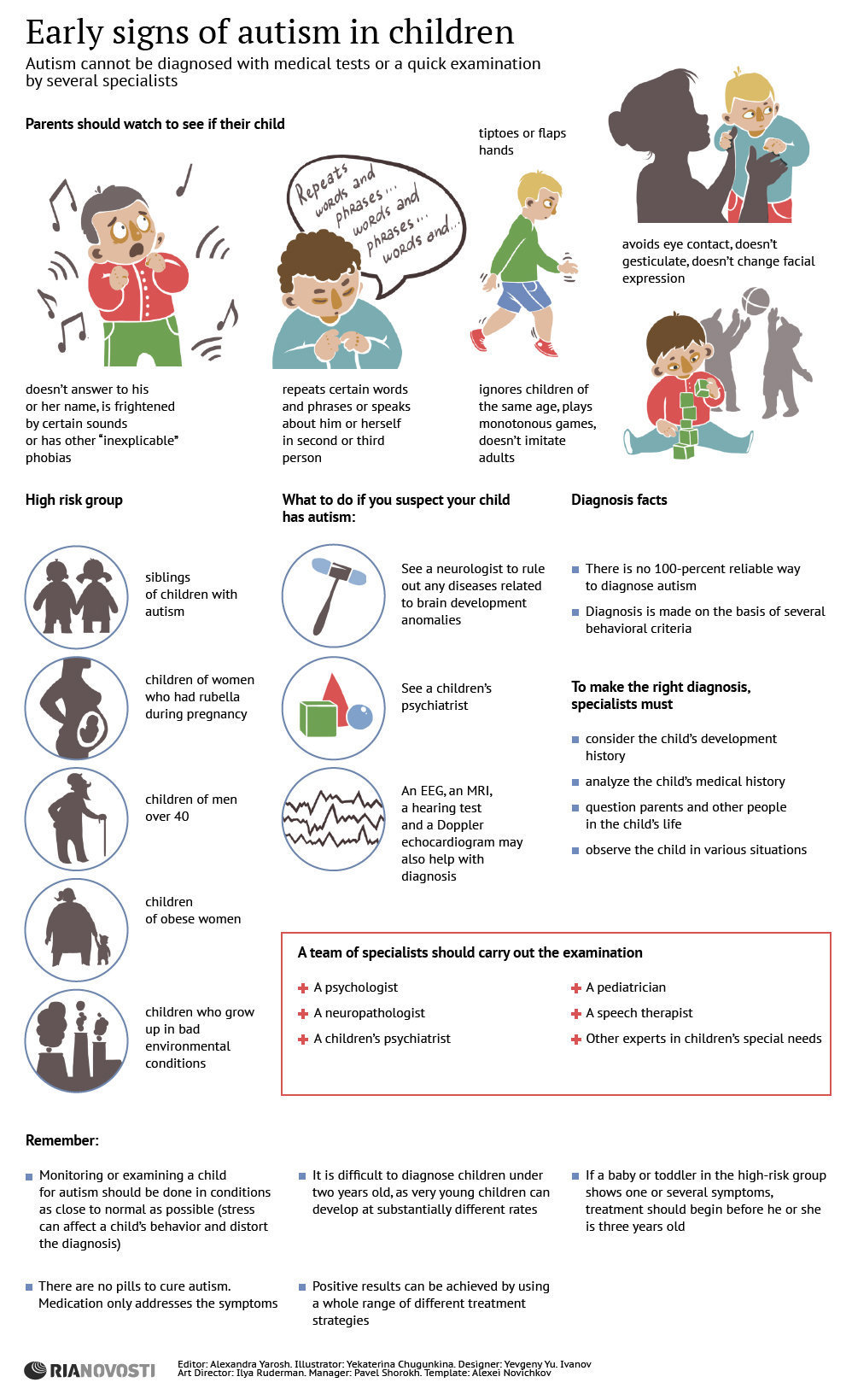How To Get Prescribed Mental Health Medication
How To Get Prescribed Mental Health Medication
Blog Article
Exactly How Do Mood Stabilizers Work?
State of mind stabilizers aid to calm areas of the mind that are influenced by bipolar disorder. These medicines are most reliable when they are taken regularly.
It might take a while to find the ideal medication that works ideal for you and your doctor will check your problem throughout treatment. This will certainly entail regular blood tests and perhaps a change in your prescription.
Neurotransmitter regulation
Neurotransmitters are a team of chemicals that manage one another in healthy people. When levels end up being out of balance, this can lead to state of mind problems like depression, anxiety and mania. State of mind stabilizers help to avoid these episodes by aiding manage the balance of these chemicals in the mind. They additionally may be used together with antidepressants to boost their effectiveness.
Medications that function as mood stabilizers include lithium, anticonvulsants and antipsychotics. Lithium is possibly one of the most popular of these medications and works by impacting the circulation of salt through nerve and muscular tissue cells. It is frequently made use of to treat bipolar affective disorder, however it can also be helpful in treating other state of mind problems. Anticonvulsants such as valproate, lamotrigine and carbamazepine are also efficient state of mind stabilizing medicines.
It can spend some time to find the best kind of medicine and dose for each and every individual. It is necessary to work with your doctor and engage in an open dialogue about how the medicine is helping you. This can be particularly handy if you're experiencing any kind of negative effects.
Ion network inflection
Ion networks are a significant target of mood stabilizers and numerous other medications. It is now well established that they are dynamic entities that can be regulated by a selection of exterior stimulations. Furthermore, the inflection of these channels can have a series of temporal impacts. At one extreme, adjustments in gating characteristics may be quick and instantaneous, as how to get mental health help without insurance in the nicotinic acetylcholine receptor/channel system. At the various other end of the range, covalent modification by protein phosphorylation might lead to adjustments in channel feature that last longer.
The area of ion network modulation is entering a duration of maturation. Recent researches have shown that transcranial focused ultrasound (US) can boost neurons by turning on mechanosensitive potassium and sodium networks embedded within the cell membrane. This was shown by expressed networks from the two-pore domain potassium household in Xenopus oocytes, and concentrated US substantially modulated the present moving through these networks at a holding voltage of -70 mV (right panel, family member result). The results are consistent with previous monitorings revealing that antidepressants impacting Kv channels manage glia-neuron interactions to opposite depressive-like behaviors.
Neuroprotection
State of mind stabilizers, like lithium, valproic acid (VPA), and carbamazepine, are important in the therapy of bipolar illness, which is characterized by recurring episodes of mania and depression. These medications have neuroprotective and anti-apoptotic properties that assist to stop mobile damage, and they likewise boost mobile resilience and plasticity in inefficient synapses and neural wiring.
These safety activities of state of mind stabilizers might be moderated by their restraint of GSK-3, inositol signaling, and HDAC task. In addition, lasting lithium therapy shields versus glutamate excitotoxicity in cultured nerve cells-- a version for neurodegenerative problems.
Researches of the molecular and mobile results of state of mind stabilizers have actually shown that these medicines have a vast array of intracellular targets, consisting of several kinases and receptors, in addition to epigenetic adjustments. Further study is needed to identify if mood stabilizers have neurotrophic/neuroprotective actions that are cell type or circuitry details, and just how these results might match the rapid-acting therapeutic response of these representatives. This will certainly assist to establish new, faster acting, more reliable therapies for psychiatric diseases.
Intracellular signaling
Cell signaling is the process by which cells communicate with their environment and other cells. It involves a sequence of action in which ligands communicate with membrane-associated receptors and result in activation of intracellular pathways that regulate essential downstream mobile features.
Mood stabilizers act on intracellular signaling via the activation of serine-threonine healthy protein kinases, leading to the phosphorylation of substrate proteins. This turns on signaling waterfalls, resulting in changes in genetics expression and cellular feature.
Lots of mood stabilizers (including lithium, valproate and lamotrigine) target intracellular signaling paths by preventing particular phosphatases or activating details kinases. These results cause a decline in the task of these pathways, which leads to a decrease in the synthesis of specific chemicals that can affect the mind and cause symptoms of clinical depression or mania.
Some state of mind stabilizers also function by improving the activity of the repressive neurotransmitter gamma-aminobutryic acid (GABA). This boosts the GABAergic transmission in the mind and decreases neural task, consequently producing a relaxing impact.